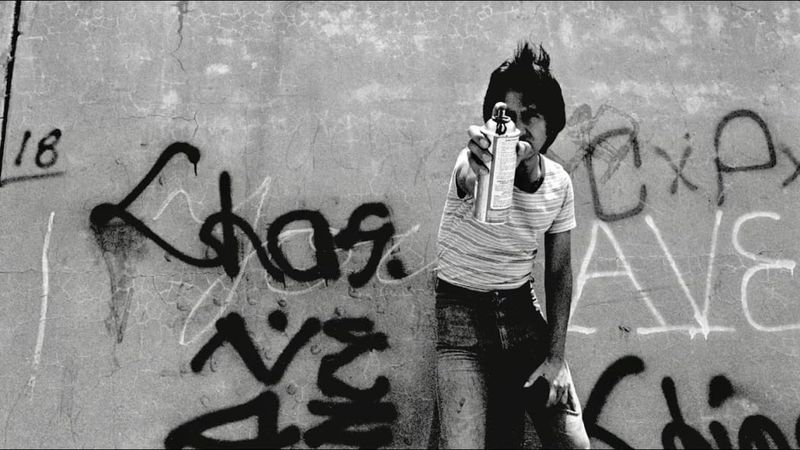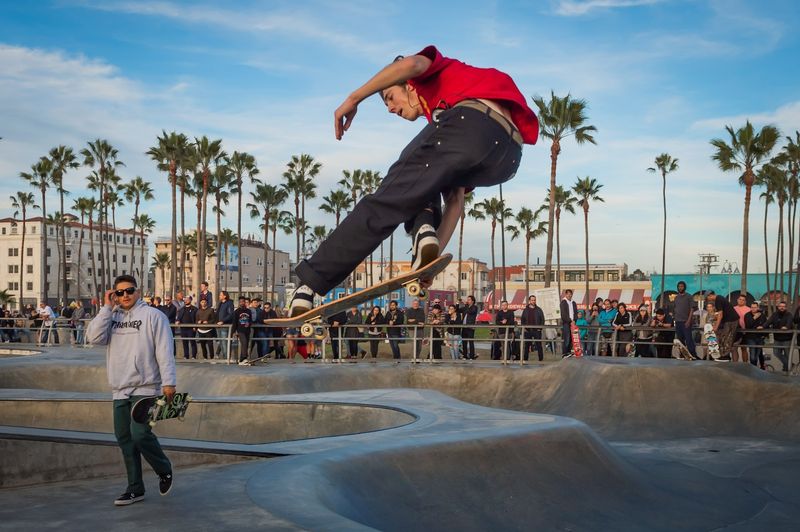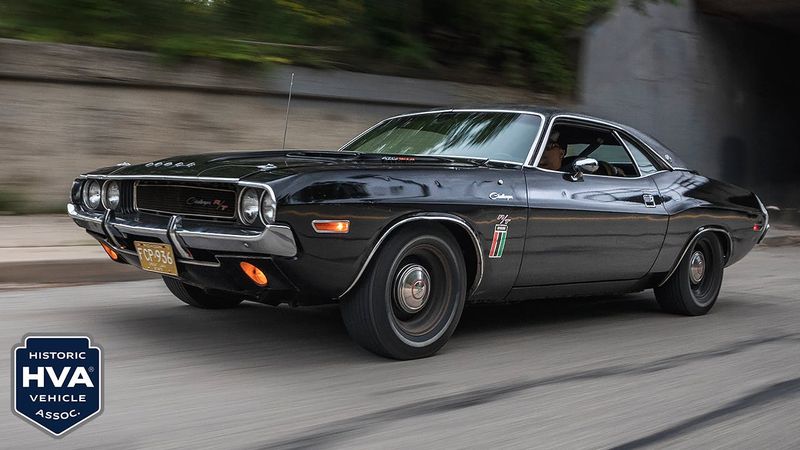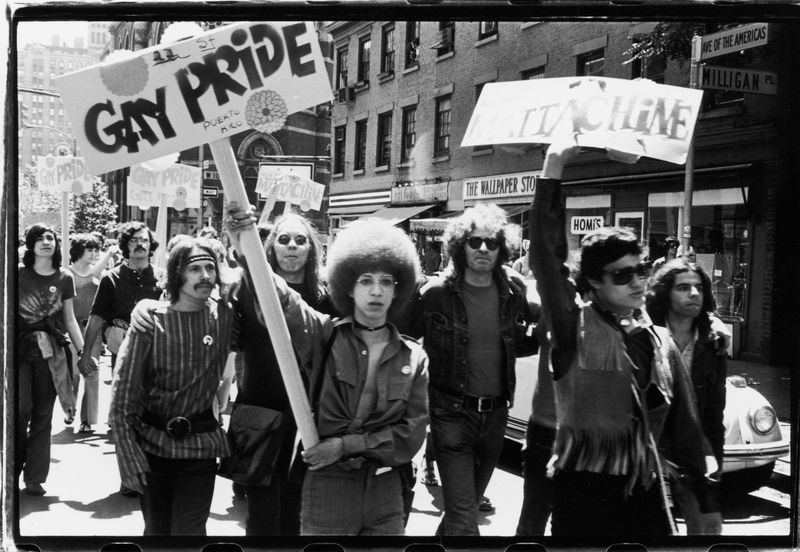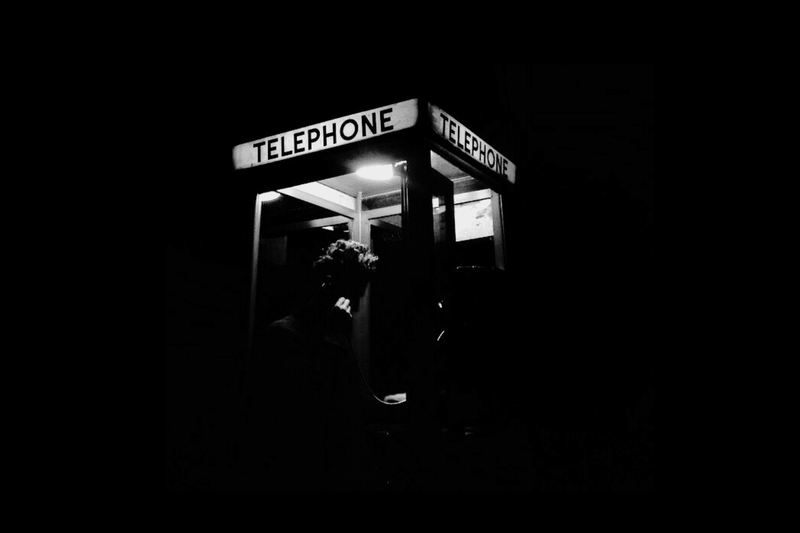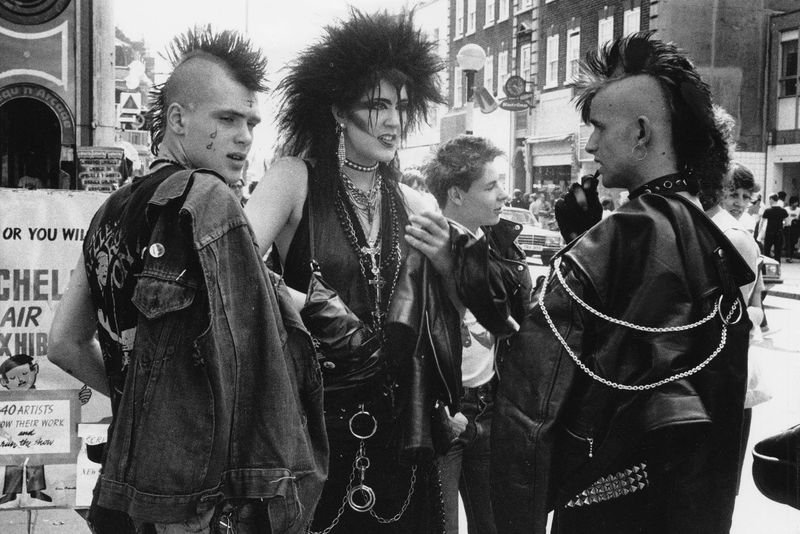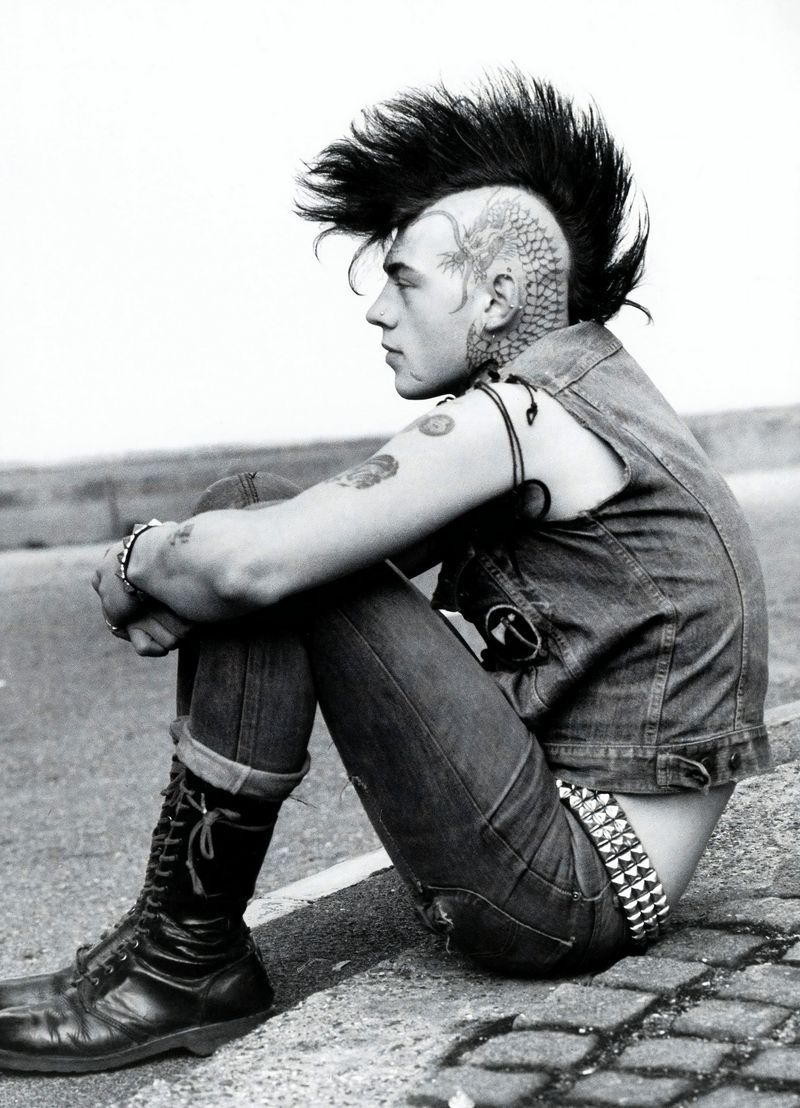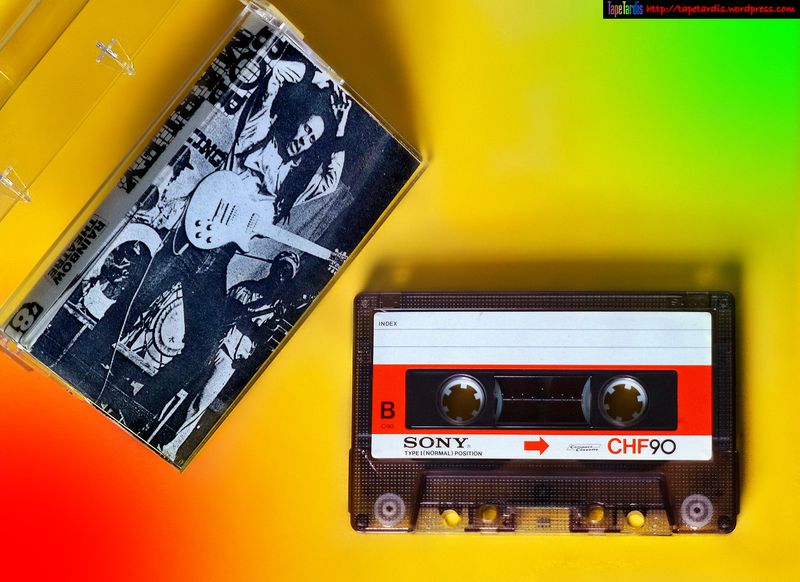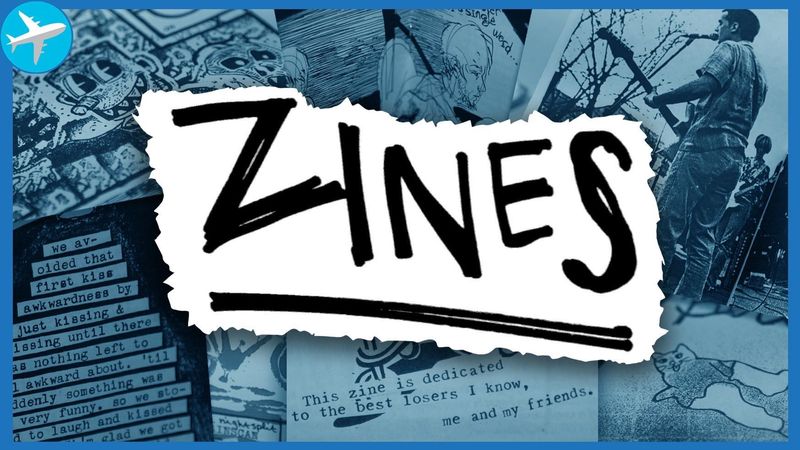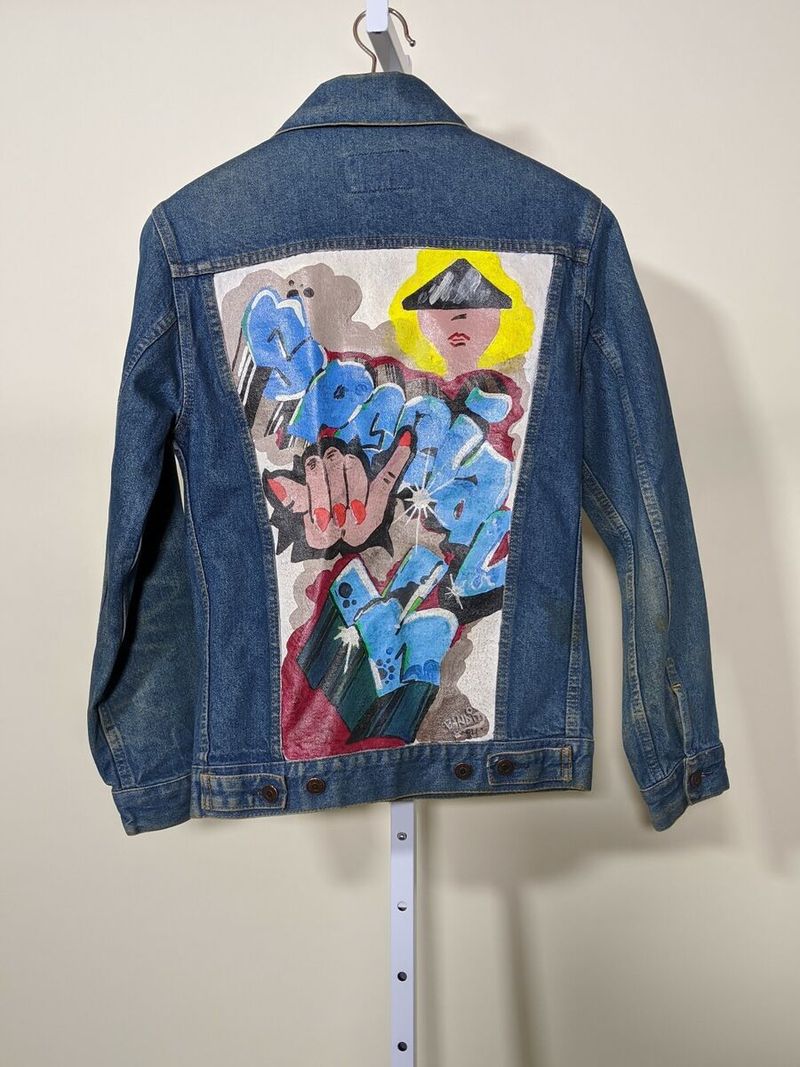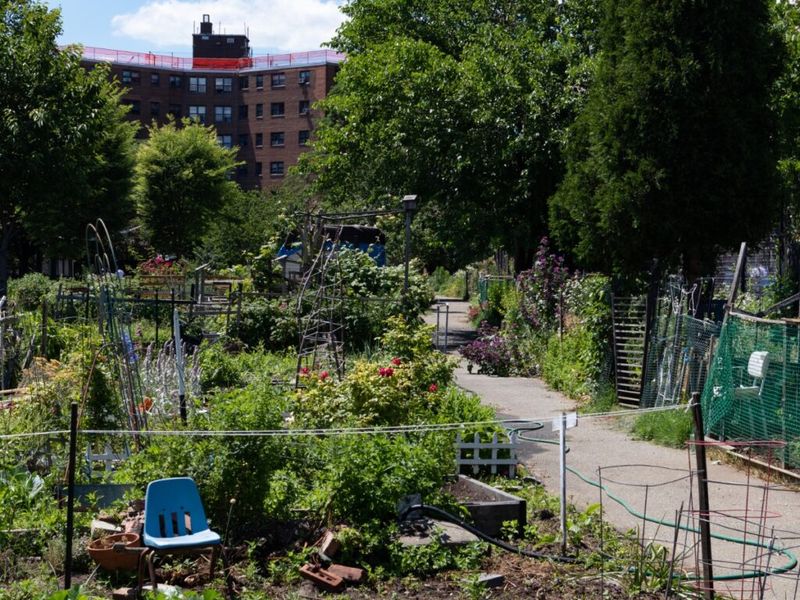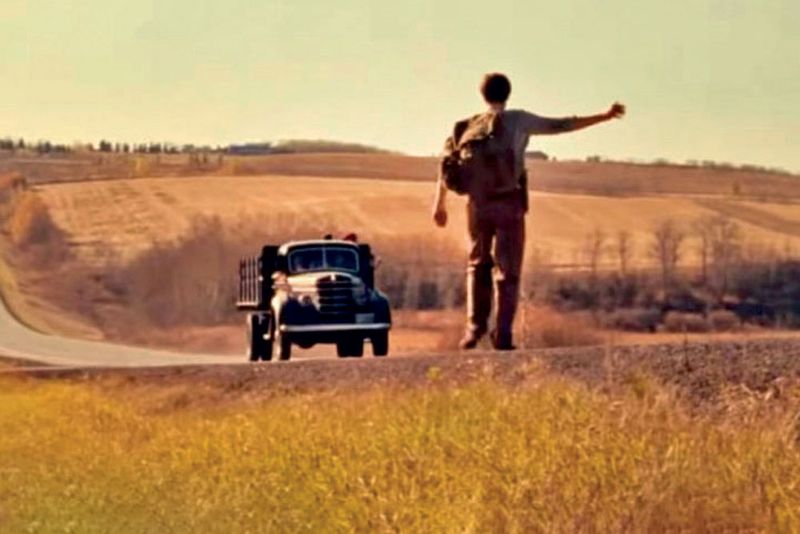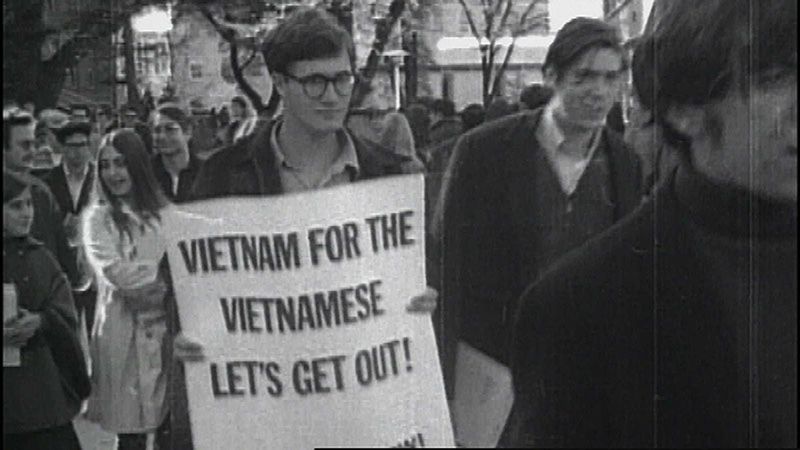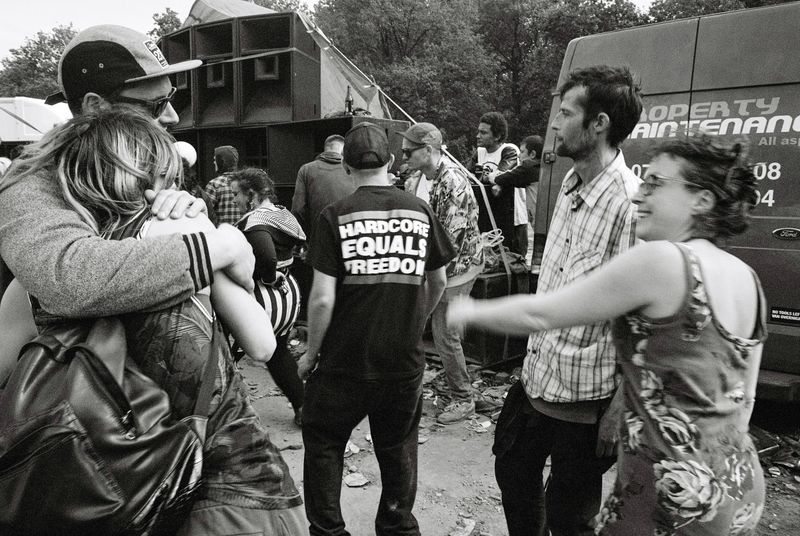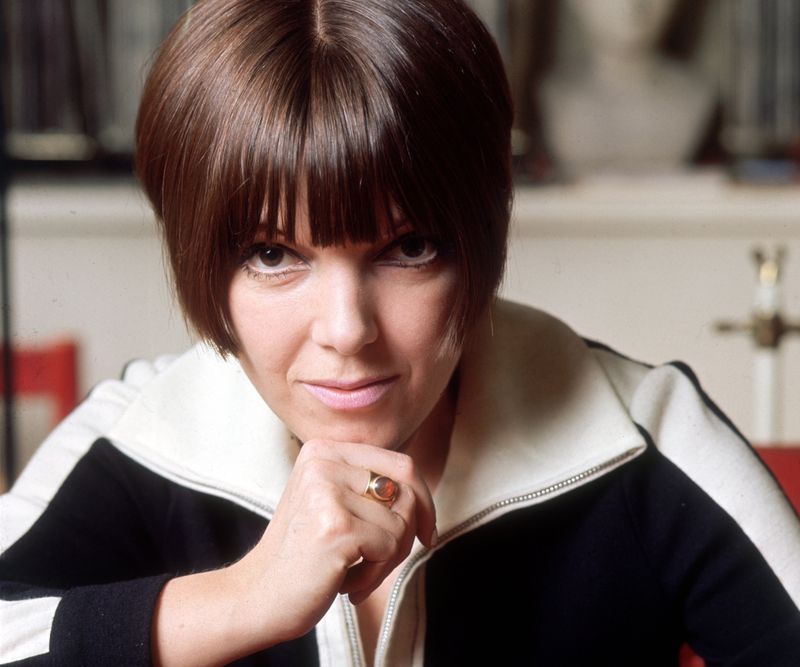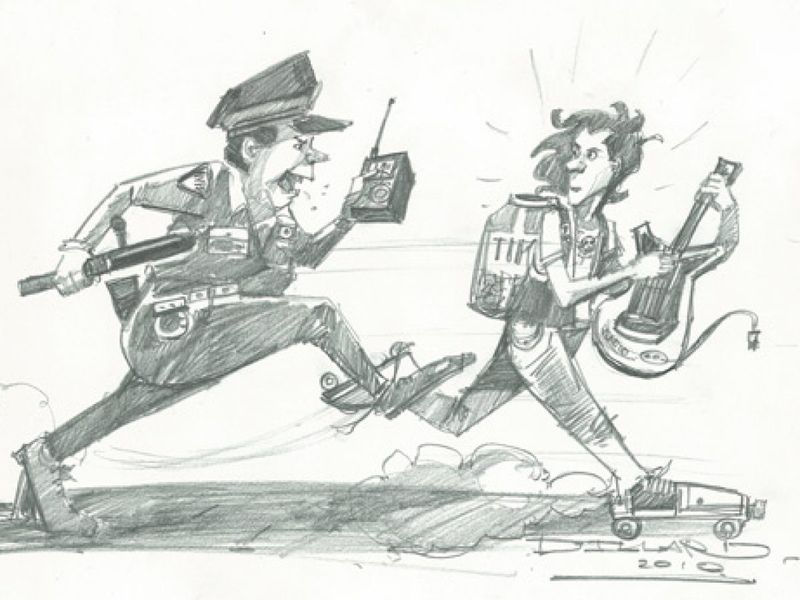The 1970s were a decade of rebellion and transformation, where many trends that were once deemed illegal or controversial broke free from societal constraints and became iconic.
These trends, which emerged from a spirit of defiance and nonconformity, have not only transformed the cultural landscape but have also influenced contemporary fashion, art, and lifestyle.
From the alleys of graffiti artists to the underground music scenes and the streets taken over by skateboarders, these once-illegal acts have woven themselves into the very fabric of modern society. Here are 18 such rebellious trends from the ’70s.
1. Graffiti Art
Graffiti art, once dismissed as pure vandalism, has now emerged as a celebrated form of expression. In the ’70s, it was confined to hidden alleys and dark corners of the city.
Artists, often working under the cover of night, painted elaborate murals that spoke to societal issues. Today, those same vibrant murals grace the walls of museums and galleries.
Urban spaces have embraced graffiti, transforming blank walls into canvases that reflect community identity and voice. This art form, once criminalized, now has legal spaces and events dedicated to it, supporting artists worldwide.
2. Skateboarding on Public Property
Skateboarding, initially known as ‘sidewalk surfing,’ was frowned upon and even banned in many public spaces during the ’70s. However, passionate skaters saw sidewalks and empty pools as their playgrounds, sparking a cultural phenomenon.
Today, skateboarding has flipped its outlaw image and is recognized as an Olympic sport. It has grown into a billion-dollar industry, with skate parks and competitions held globally.
This rebellious trend from the ’70s has inspired generations to embrace creativity through movement and fostered a sense of community among enthusiasts.
3. Street Racing
Street racing in the ’70s was an exhilarating yet illegal pursuit, attracting thrill-seekers to empty roads under the cover of darkness. This underground scene, often portrayed in popular media, was fraught with risk but drove the adrenaline of those involved.
Today, street racing’s spirit lives on in legal tracks and organized events. It has evolved into a pop culture staple, inspiring blockbuster movies and video games.
This transition from illicit thrill to mainstream entertainment showcases society’s enduring fascination with speed and rebellion.
4. Protest Marches and Sit-ins
The ’70s were rife with protest marches and sit-ins, courageous acts that often led to arrests. These public demonstrations were pivotal in shaping societal change, addressing issues like civil rights and war.
Today, such forms of activism are not only protected but encouraged as essential expressions of democracy. They serve as powerful reminders of the past struggles that paved the way for progress, inspiring new generations to continue the fight for justice and equality.
The legacy of ’70s activism remains influential in today’s global movements.
5. Hacktivism / Phone Phreaking
Hacktivism and phone phreaking in the ’70s marked the dawn of digital rebellion. This early form of hacking involved manipulating phone systems to make free calls, driven by curiosity and a desire to challenge authority.
These digital pioneers laid the groundwork for today’s cyber awareness and whistleblower culture. Their rebellious spirit persists in modern hacktivism, where technology is used to promote transparency and justice.
This evolution from illegal tinkering to a legitimate form of activism highlights the transformative power of technology in societal change.
6. Punk Fashion and DIY Style
Punk fashion emerged in the ’70s as a rebellious statement against mainstream culture. With ripped clothes, studs, and safety pins, it was a do-it-yourself style that screamed defiance.
This bold fashion choice was often met with disdain and seen as a threat to societal norms. Today, punk fashion is celebrated on runways and in everyday streetwear, embodying a spirit of individuality and nonconformity.
The DIY ethos of punk continues to influence fashion, encouraging creativity and personal expression, far removed from its once-controversial roots.
7. Free Love and Open Relationships
The concept of free love and open relationships in the ’70s challenged traditional norms, facing legal and societal barriers. People sought to explore love without boundaries, advocating for sexual liberation and emotional honesty.
In contemporary society, these ideas have gained wider acceptance, prompting open discussions about relationships and intimacy.
What was once scorned and hidden behind closed doors is now a part of mainstream dialogue, reflecting a shift towards understanding and embracing diverse forms of love and connection.
8. Tattoos and Piercings
Tattoos and piercings, once associated with rebellion and criminality in the ’70s, have undergone a significant transformation. Back then, these body modifications were seen as shocking and were often hidden from public view.
Today, tattoos and piercings are embraced as a form of self-expression and artistry, adorning people from all walks of life. This shift reflects a broader acceptance of individuality and creativity, marking a departure from past stigmas.
The journey from taboo to trendy highlights society’s evolving perceptions of beauty and self-identity.
9. Bootlegging Music and Tapes
In the ’70s, bootlegging music and tapes was a rebellious act, allowing fans to create and share mixtapes outside the constraints of record labels. This underground culture fostered a love for music and community among enthusiasts.
The spirit of bootlegging has evolved into today’s digital remix culture and streaming platforms, where sharing and collaboration are key.
The ’70s laid the foundation for this modern music landscape, demonstrating how once-illegal acts can inspire innovation and new ways of experiencing art.
10. Anti-Establishment Zines
Anti-establishment zines in the ’70s were a powerful medium for those challenging the status quo. Created by hand and distributed secretly, these publications provided a platform for alternative voices and ideas.
Today, zines are celebrated as the origin of indie media and blogging, reflecting the enduring value of self-publishing and creative freedom.
The DIY nature of zines continues to inspire creators, emphasizing the importance of grassroots movements in shaping media landscapes and allowing diverse perspectives to flourish.
11. Graffiti-Laden Denim and Leather Jackets
In the ’70s, graffiti-laden denim and leather jackets were symbols of rebellion, often associated with gang culture. These customized garments allowed individuals to express their identity and affiliations.
Today, these jackets are retro fashion must-haves, celebrated for their uniqueness and artistic value. The evolution from criminalized attire to iconic style highlights the enduring appeal of personalization in fashion.
This trend from the ’70s continues to influence modern streetwear, blending art and clothing in innovative ways.
12. Homegrown Food and Guerrilla Gardening
Guerrilla gardening in the ’70s was an act of rebellion, transforming unused public spaces into green havens. This movement aimed to promote self-sufficiency and environmental awareness, often facing legal challenges.
Today, homegrown food and community gardens are embraced as part of urban sustainability efforts, reflecting a shift towards eco-conscious living.
These practices, rooted in rebellious beginnings, have become vital in fostering community spirit and promoting healthy, sustainable lifestyles in cities around the world.
13. Hitchhiking
Hitchhiking in the ’70s was both a practical means of travel and a symbol of freedom and adventure, despite being illegal or discouraged in many areas. For many, it represented a way to explore the world and meet new people.
Now romanticized in road trip culture and memoirs, hitchhiking embodies the essence of spontaneity and human connection. Though less common today, it remains a nostalgic reminder of a time when travel was about the journey, not just the destination.
14. Protesting War and Military Policy
Protesting war and military policy in the ’70s was a bold act, often leading to arrests and public backlash. These demonstrations were driven by a desire for peace and justice, challenging governmental decisions on a global scale.
Today, many of these protesters are celebrated as historical heroes, their actions paving the way for future movements. The legacy of anti-war protests continues to inspire those who fight for peace and human rights, reminding us of the power of collective action.
15. Unlicensed Music Events (Raves/Disco Parties)
Unlicensed music events, such as raves and disco parties, were vibrant scenes of dance and freedom in the ’70s. These gatherings defied legal restrictions, offering a space for people to express themselves and escape societal norms.
Today, what began as underground scenes has become multi-million-dollar festivals, celebrated for their creativity and diversity.
These events have evolved into platforms for music innovation and cultural exchange, demonstrating how subversive beginnings can lead to mainstream acceptance and celebration.
16. Wearing Clothing Deemed “Indecent”
In the ’70s, wearing clothing considered “indecent” like mini skirts and crop tops was a daring choice, often facing societal scrutiny and legal issues. These bold fashion statements challenged traditional notions of decency and femininity.
Today, such clothing is seen as normal streetwear, reflecting a shift towards body positivity and personal freedom in fashion. The evolution of these styles from controversial to commonplace highlights society’s changing attitudes towards self-expression and individuality.
17. Homemade Alcohol (Homebrewing)
Homebrewing in the ’70s was a nod to the Prohibition era, where making alcohol at home was both a necessity and a rebellious act. Enthusiasts crafted unique brews, often sharing them at private gatherings.
Today, homebrewing has blossomed into a popular hobby and business, with craft beer culture celebrating creativity and tradition.
This evolution from illicit activity to mainstream acceptance underscores the enduring appeal of home-crafted goods, offering a taste of history and innovation in every sip.
18. Street Performing (Busking)
Street performing, or busking, was once considered a jailable offense, with artists risking arrest to share their talents in public spaces. In the ’70s, buskers brought music and art to the streets, enriching urban life with creativity and spontaneity.
Today, busking is not only legal but celebrated, with many cities offering licenses and designated areas for performers. This evolution highlights the value of street art in cultural and community life, transforming public spaces into lively hubs of artistic expression.
